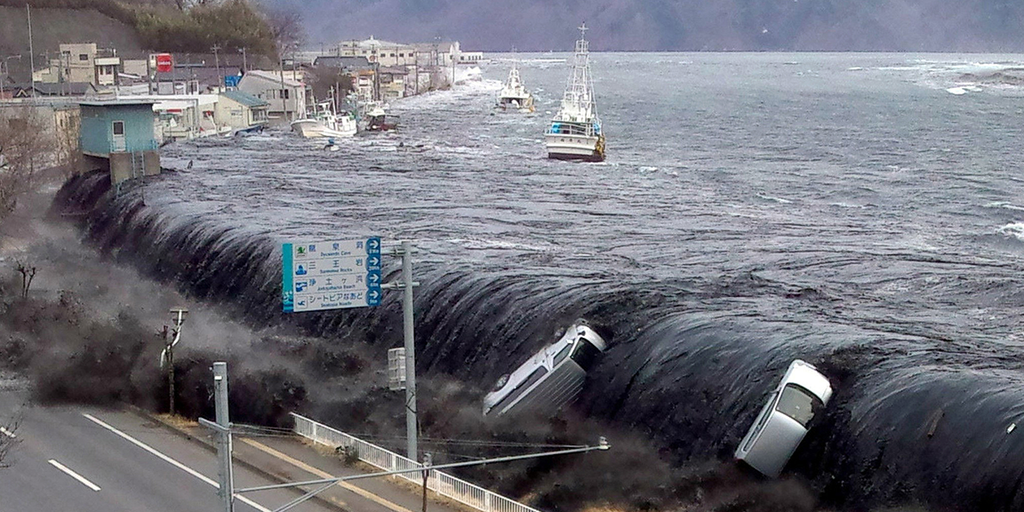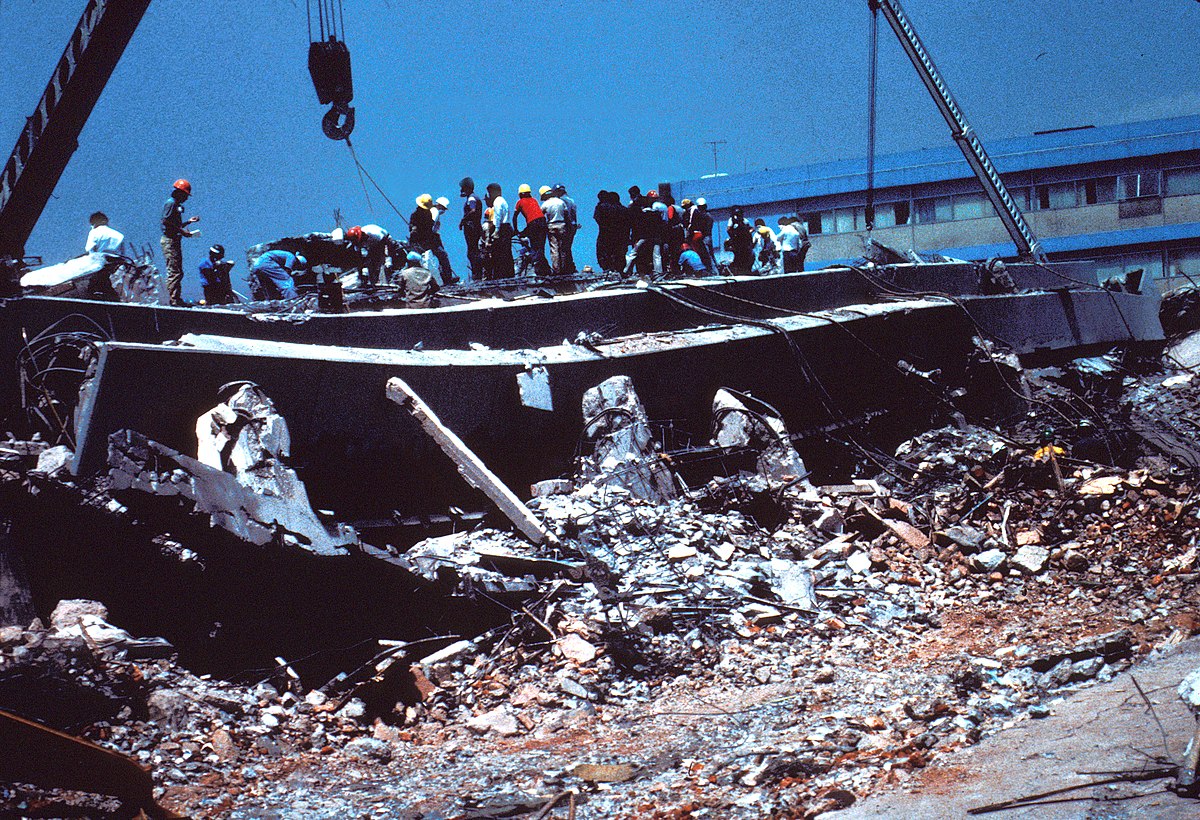- Messages
- 408
- Reactions
- 767
So a few comments I've read on YouTube says the ocean could conceivably come all the way inland to I-5 and then some?
Yeah, F- that. Thankfully I live on HW-20 so I can go East if I have to, but I doubt it would be passable with downed trees and landslides.
My elderly parents live in Vancouver in the upper-middle-class suburbs of Cascade Park....they would probably be killed or seriously injured, and especially my mother who is lacking her bladder and takes medication. Or if not that, then cut off for extended periods of time without food, water, or electricity. My father would go insane. HW-14 EB would probably be impassible with the tunnels collapsing.
My sister is almost constantly in crisis for some reason or another, so she'd probably be toast too. The rest of my family lives in California.
Chilling stuff! Definitely don't want this to happen until I'm long dead and dust.
Yeah, F- that. Thankfully I live on HW-20 so I can go East if I have to, but I doubt it would be passable with downed trees and landslides.
My elderly parents live in Vancouver in the upper-middle-class suburbs of Cascade Park....they would probably be killed or seriously injured, and especially my mother who is lacking her bladder and takes medication. Or if not that, then cut off for extended periods of time without food, water, or electricity. My father would go insane. HW-14 EB would probably be impassible with the tunnels collapsing.
My sister is almost constantly in crisis for some reason or another, so she'd probably be toast too. The rest of my family lives in California.
Chilling stuff! Definitely don't want this to happen until I'm long dead and dust.














